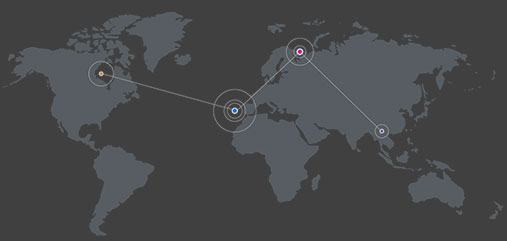提高生產效率:機器人能夠持續穩定地工作,不受疲勞和情緒影響,顯著提高生產效率。
降低人力成本:減少了對人工的依賴,降低了人力成本和培訓成本。
提升工作安全性:機器人可以替代人類完成一些繁重、危險或有害的工作,保護工人安全。
靈活適應性強:各關節360度旋轉的設計使得機器人能夠靈活應對各種復雜的工作環境和任務需求。
Regarding the mobile collaborative palletizing robot that can handle, sort, and pack with 360 rotation at all joints, the following is a detailed description of its characteristics, application scenarios and advantages:
First, the characteristics of the robot
Multi-joint 360 rotation: The most significant feature of the robot is that each joint can achieve 360-degree rotation, which greatly increases the flexibility and spatial adaptability of its operation. Whether it's a narrow corner or a complex space layout, it can easily cope with it.
Mobile collaboration capabilities: As a mobile cobot, it is not only able to move autonomously, but also collaborate efficiently with other robots or human operators to complete tasks such as handling, sorting, and packing.
High accuracy and stability: Through advanced sensors and control systems, the robot can ensure high accuracy and stability in the process of handling, sorting and packing, reducing breakage and errors.
Smart Control: Some high-end models may also feature intelligent learning that automatically optimizes workflows based on historical data and real-time conditions to improve efficiency and accuracy.
2. Application scenarios
Logistics and warehousing: In the field of logistics and warehousing, mobile collaborative palletizing robots can automatically complete the handling, sorting and palletizing of goods, improving warehousing efficiency and accuracy.
Manufacturing: On the manufacturing production line, robots can assist in the handling, assembly and packaging of parts and components, reducing the labor intensity of workers and improving production efficiency.
E-commerce distribution: In e-commerce distribution centers, robots can quickly and accurately complete the sorting and packaging of a large number of orders, shorten delivery time, and improve customer satisfaction.
3. Advantages
Increased productivity: The robot can work continuously and stably, without being affected by fatigue and emotions, significantly improving production efficiency.
Reduce labor costs: reduce the dependence on labor, reduce labor costs and training costs.
Improve work safety: Robots can replace humans to complete some heavy, dangerous or harmful work, protecting workers.
Flexible and adaptable: The design of 360-degree rotation of each joint enables the robot to flexibly respond to various complex working environments and task requirements.


